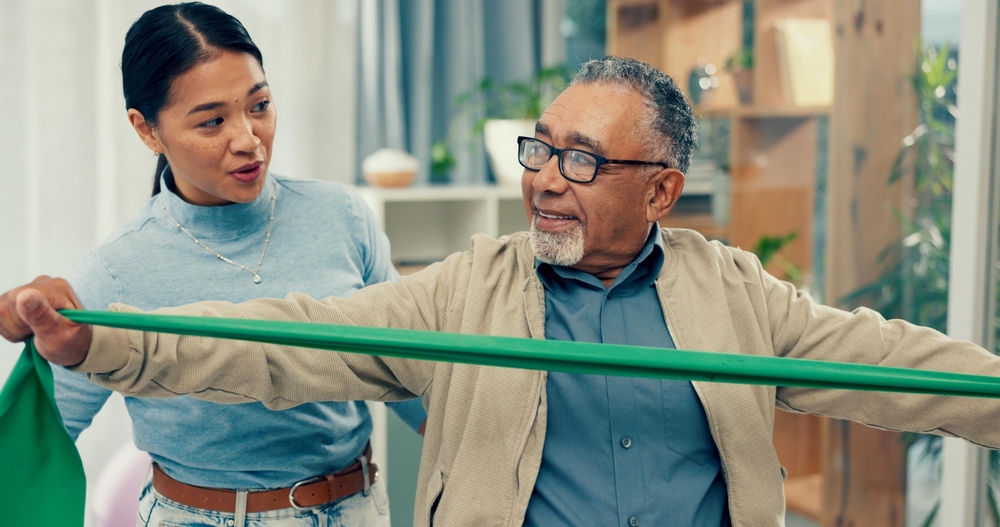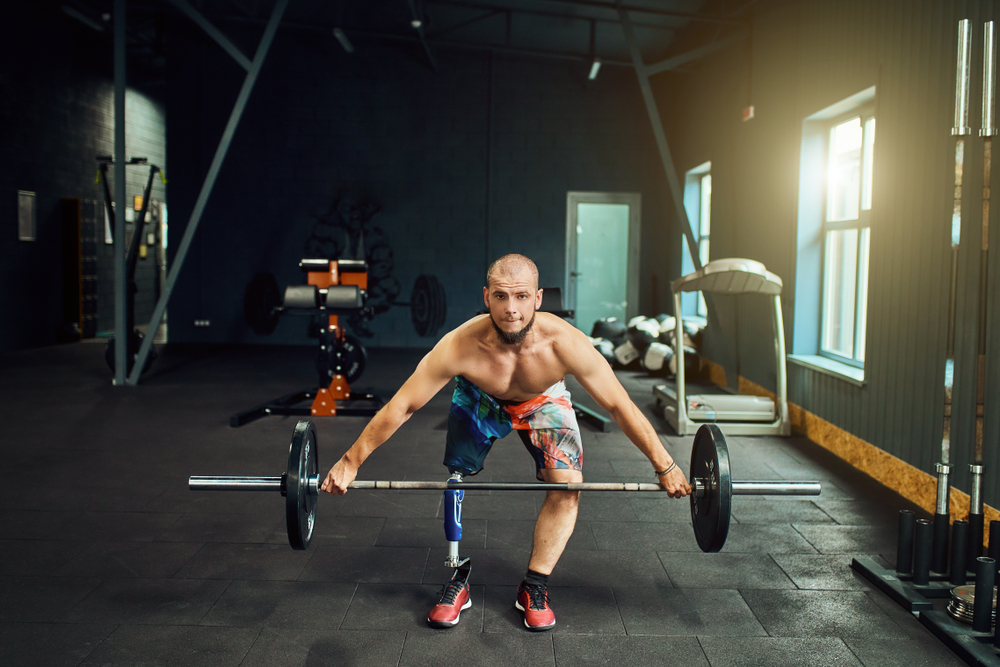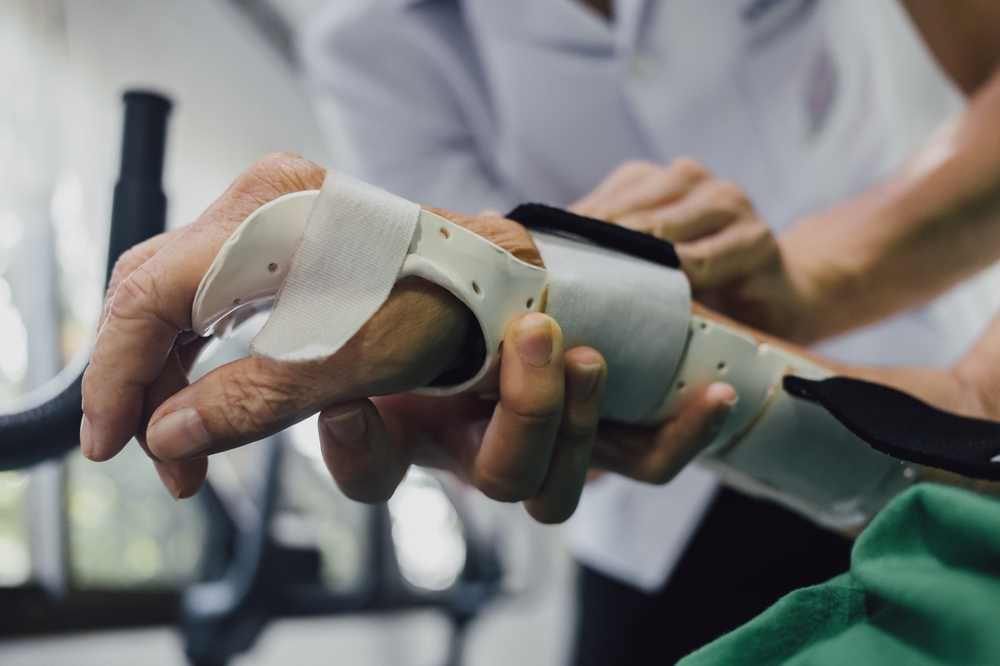Make an Appointment
Lateral knee pain, felt on the outer aspect of the joint, affects athletes and everyday walkers alike. Unlike medial or patellar pain, outer knee discomfort often stems from structures such as the iliotibial band (ITB), the lateral collateral ligament (LCL), the lateral meniscus or bony excrescences (e.g. osteophytes) knee-pain-explained.com. Overuse injuries, biomechanical faults and acute strains can all contribute.
Recent surveys suggest up to 30% of runners and 25% of cyclists report outer knee pain at some point, with female athletes slightly more predisposed due to wider Q-angles and hip alignment differences my.clevelandclinic.org. Early recognition and targeted management not only relieve pain but prevent chronic degeneration of the joint surfaces.
Key risk factors include:
- Repetitive Activities: Running, cycling and hiking on uneven terrain
- Muscle Imbalances: Weak hip abductors or quadriceps imbalance
- Poor Alignment: Overpronation, leg-length discrepancy or valgus knee posture
In this guide, we’ll unpack proven treatment options, clarify common causes, assess the role of walking in recovery and detail the hallmark sensations of LCL pain, so you can move pain-free sooner.
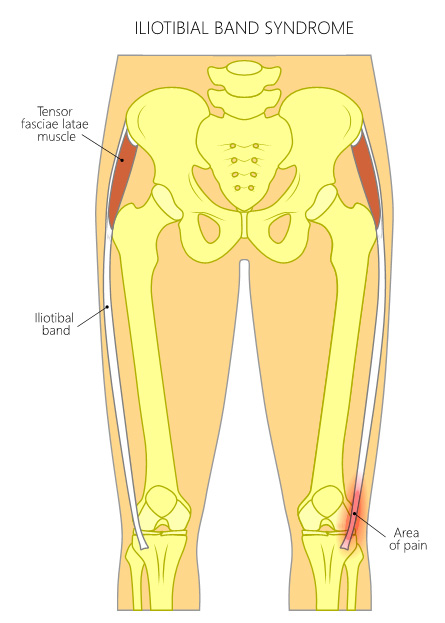
What Causes Lateral Knee Pain?
Iliotibial Band Syndrome
The iliotibial band is a thick band of fascia that crosses the hip joint, extends along the side of your thigh, and attaches the patella, tibia, and biceps femoris tendon. Repetitive flexion and extension of the knee can cause the iliotibial band to become inflamed and creates lateral knee pain.
Also known as ITBFS or runner’s knee, iliotibial band syndrome develops gradually over time and creates symptoms such as:
- Pain and inflammation on the outside of your knee
- Symptoms are more evident while performing activities like running and usually subsides during rest
Lateral Cartilage Meniscus Injury
Your meniscus is a small semi-circular disc of cartilage found in your knee joint. A torn meniscus can come on gradually due to wear and tear, or it can be acute as a result of a sudden injury.
Symptoms of a lateral cartilage meniscus injury include:
- Pain on the outside of your knee along the joint itself
- Increased pain when bending the knees, like in a deep squat
- Swelling around the knee joint
- The knee may lock or give way
Lateral Collateral Ligament Sprain
A lateral collateral ligament (LCL) injury is another common cause of lateral knee pain. This ligament is located on the outer side of your knee. Injury to this ligament can come on gradually, but it’s more likely that a tear or sprain might occur as a result of sudden impact.
Twisting your knee or a direct blow to the side of your knee can cause an LCL tear or sprain which will undoubtedly cause lateral knee pain.
Other symptoms of an LCL injury include:
- Swelling of your knee
- Bruising around the joint
- Stiffness in your joint
- Instability of the knee joint
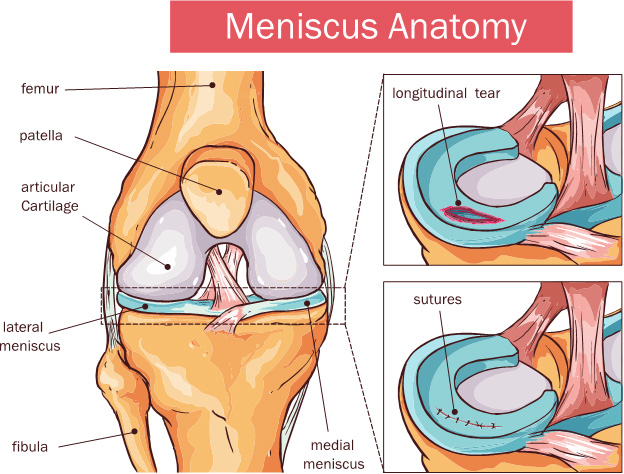
Why Does My Knee Hurt on the Outer Side?
Patellofemoral Pain
Patellofemoral Pain Syndrome (PFPS) causes pain at the front of your knee and around your patella (kneecap). PFPS is caused when your patella is out of alignment and rubs on your femur (thigh) bone.
Symptoms of PFPS include:
- Aching pain in your knee
- Tenderness and swelling mostly near your kneecap
- Increased pain when walking upstairs, downhill, or after sitting for an extended period
Osteoarthritis
Osteoarthritis refers to the degeneration of cartilage in your joints due to wear and tear. For that reason, the condition is more common as we age and eventually, even the bone begins to wear away.
In terms of lateral knee pain, symptoms of osteoarthritis include:
- A deep ache in the knee joint
- Worsened symptoms after exercise
- Swelling and stiffness in the joint
Biceps Femoris Tendinopathy/Tendinitis
Your biceps femoris is part of your hamstring and it’s a large tendon that can become inflamed or begin to degenerate, both resulting in lateral knee pain. This tendon attaches to the back of the knee joint causing pain in that area.
Symptoms of biceps femoris tendinopathy/tendinitis include:
- Tenderness, pain, and swelling at the back of the knee
- Symptoms are typically worse first thing in the morning or after extended periods of sitting
Synovitis
Synovitis may also contribute to lateral knee pain. The synovial membrane is responsible for providing synovial fluid which lubricates the knee joint. Synovitis occurs when the synovial membrane in the knee becomes inflamed.
Symptoms of synovitis include swelling and stiffness in your knee and the inflammation is often the result of a knee injury, arthritis, or gout.
Superior (Proximal) Tibiofibular Joint Dislocation
Your tibiofibular joint is the joint where your knee meets the top of your shin bone. A dislocation of the tibiofibular joint is incredibly painful and is normally caused by an impact to the knee while in a fully bent position.
Symptoms of a superior tibiofibular joint dislocation include:
- Pain and swelling near the shin bone
- A protrusion of the shin bone in relation to your knee joint
Referred Knee Pain
Your lateral knee pain may also be caused by other parts of your body. Particularly, sciatic pain caused in your hips or lower back can travel down to your knee causing lateral knee pain.
Less Common Causes of Lateral Knee Pain
Although uncommon, these are a few other causes of lateral knee pain:
- Peroneal Nerve Injury
- Slipped Captial Femoral Epiphysis
- Perthes’ Disease
- Baker’s cyst
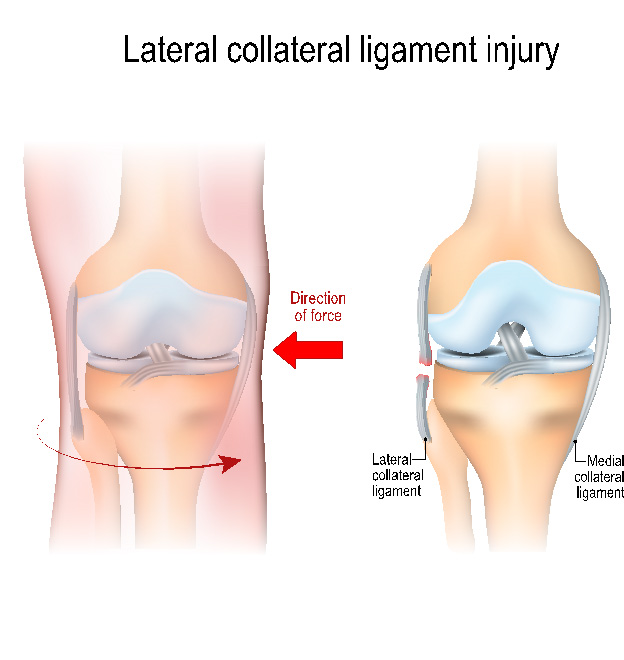
What Does LCL Pain Feel Like?
The Lateral Collateral Ligament (LCL) stabilises the knee against varus forces. When irritated or injured, LCL pain is:
- Location: Sharp or stabbing pain just above the fibular head on the outer knee.
- ONSET: Immediate after a twisting injury or develops gradually with chronic stress.
- AGGRAVATORS: Varus stress (pushing the knee inward), pivoting, single-leg stance.
- ASSOCIATED SIGNS: Mild to moderate swelling, bruising in Grade II–III sprains, a sense of looseness or “giving way.”
- PALPATION: Point tenderness along the LCL course, from lateral epicondyle to fibular head.
Functional tests, such as varus stress test at 0° and 30° flexion, reproduce pain in LCL pathology, guiding the diagnosis.
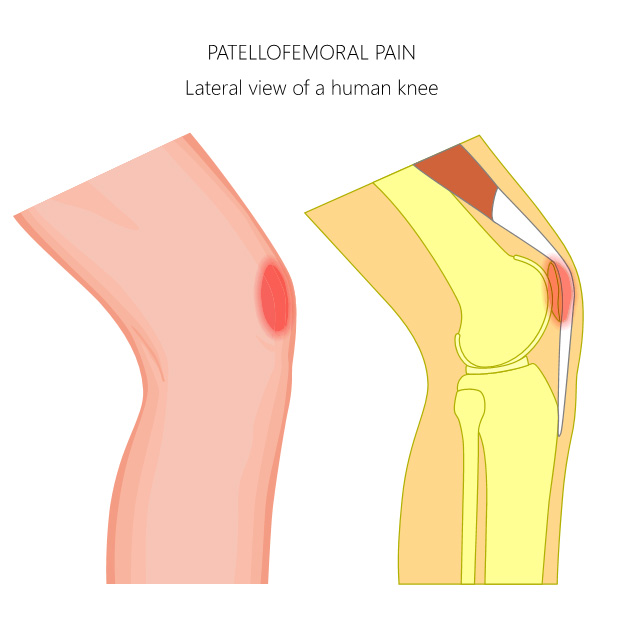
Is Walking Good for Lateral Knee Pain?
Benefits of Controlled Walking
- Low-Impact Load: Walking on flat, even surfaces minimises joint stress and maintains cardiovascular fitness.
- Gentle Mobilisation: Regular weightbearing stimulates cartilage nutrition and ligament proprioception.
Guidelines for Safe Walking
- Duration & Frequency: Start with 10–15 minutes daily; increase by 5 minutes each week up to 30 minutes.
- Pace: Maintain a comfortable pace, avoid brisk downhill or uphill segments initially.
- Footwear: Use supportive shoes with adequate cushioning and arch support to correct pronation.
- Terrain: Prefer track or treadmill over concrete; soft surfaces reduce impact peaks.
When to Modify
- Sharp pain during walking signals the need to reduce duration or introduce rest intervals.
- Use hiking poles or a single crutch for offloading if needed until pain subsides.
Complement your walking program with targeted strengthening from our Exercise Physiology team.
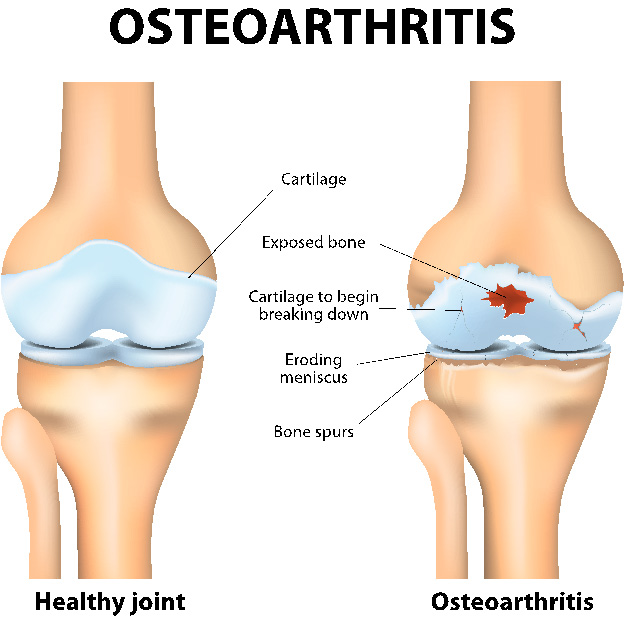
How Do You Treat Lateral Knee Pain?
Many of the aforementioned conditions, especially if its onset is gradual, are caused by overuse and poor training habits. For example, adding too heavy a load, too quickly or suddenly increasing the intensity of your workouts can be bad news for your knees.
Even playing sports on uneven, poorly maintained fields can cause major lateral knee pain. Of course, structural abnormalities can also prove to be the culprit, but most often, you can work with a Exercise Physiologist to fix any habits that aren’t serving you.
When you visit your physiotherapist to treat your lateral knee pain, you’ll likely be working on various knee flexion exercises using proper form. By increasing flexion of the knee and improving its range of motion, you’re also less likely to experience an injury since you’ll have the tools to protect your knees from further damage, therefore relieving lateral knee pain.
For example, by applying pressure to the fibula and manually rotating the lower leg posteriorly, your physiotherapist can help increase the range of motion in your knee flexion with less lateral knee pain. If this therapy method helps, your physiotherapist can then use kinesthetic tape to hold the posterior rotation of the fibula in place for about 48 hours, giving your knee more range of motion while allowing your body to heal.
R.I.C.E.R. & Early Load Management
- Rest & Relative Protection: Avoid aggravating activities for 1–2 weeks; use crutches if necessary to offload the outer knee.
- Ice & Compression: Ice for 15–20 minutes, 3–4 times daily; compression sleeve or bandage reduces swelling betterhealth.vic.gov.au.
- Elevation: Above heart level to promote venous return.
Physiotherapy Interventions
- Soft-Tissue Mobilisation: IASTM or foam rolling of the ITB and lateral quadriceps to decrease tension and friction.
- Joint Mobilisations: Gentle lateral glide of the fibular head and knee to restore normal biomechanics.
Exercise Rehabilitation
- Hip Abductor Strengthening: Side-lying clamshells and band-resisted lateral walks (3×15 reps) to stabilise the pelvis and reduce ITB pull hipkneeinfo.org.
- Quadriceps Balancing: Terminal knee extensions focusing on vastus medialis strengthening to centre patellar tracking.
- Proprioceptive Drills: Single-leg stance on foam pad and perturbation training to improve knee joint awareness.
Taping & Bracing
- ITB Taping: Apply a strip from hip to just below the joint line to offload the band during movement.
- LCL Support Brace: A structured brace that limits varus stress while allowing flexion/extension.
Advanced Modalities
- Shockwave Therapy: Evidence supports its use in chronic ITB syndrome to accelerate tissue healing.
- Ultrasound & Laser: Reduce inflammation and promote collagen synthesis in ligament injuries.
For a personalised treatment plan, book an in-home assessment with Physio Inq Mobile Physiotherapy.
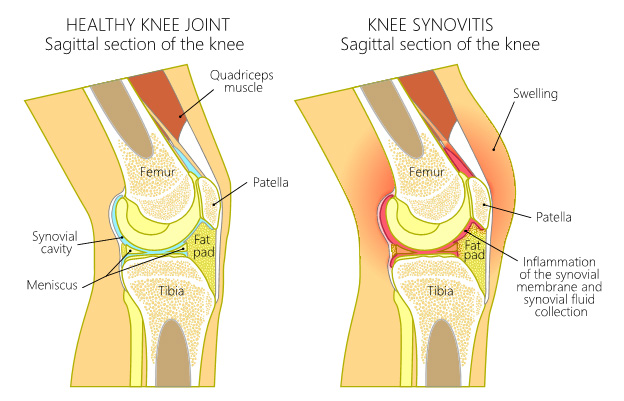
Frequently Asked Questions (FAQs)
Q1: What causes lateral knee pain?
Common causes include ITB syndrome, LCL sprain, lateral meniscal tears, bursitis and referred hip pain. Overuse and biomechanical imbalances are key contributors.
Q2: How do you treat lateral knee pain?
Treatment involves R.I.C.E.R., physiotherapy (strength, soft tissue work), taping/bracing, and load management. Advanced modalities like shockwave may be used for chronic cases.
Q3: Why does my knee hurt on the outer side?
Outer-knee pain arises from structures that bear varus stress or friction, most notably the ITB and LCL. Precise cause is confirmed via clinical tests and imaging.
Q4: Is walking good for lateral knee pain?
Yes. When done on flat, cushioned surfaces with supportive footwear and controlled duration. Stop if sharp pain occurs.
Q5: What does LCL pain feel like?
LCL pain is sharp or stabbing over the fibular head, worsened by varus stress, twisting and single-leg stance. Swelling and a sense of instability may accompany it.
Q6: When should I see a doctor for lateral knee pain?
Seek medical advice if you experience significant swelling, inability to weightbear, persistent instability or if pain does not ease with 1–2 weeks of conservative care.
Lateral knee pain can sideline your favourite activities, but with targeted assessment and a structured rehabilitation plan, combining load management, precise physiotherapy, taping/bracing and safe walking, you can reclaim pain-free movement.
Next Steps:
- Get a Professional Assessment: Book an in-home or in-clinic evaluation with Physio Inq Physiotherapy for accurate diagnosis and tailored treatment.
- Begin a Supervised Rehab Program: Address muscle imbalances, optimise biomechanics and introduce low-impact walking under guidance.
- Monitor Progress: Track pain levels and functional milestones, adjusting your plan with your therapist to ensure steady improvement.
Call 1300 731 733 or book online to start your personalised recovery journey today.
Check out our video going into more detail about this process
Date Published: Monday, August 31, 2020
Locate a Sports Physiotherapy
Service Near me
Get the experience & convinence you deserve to support your or a loved one's allied health needs.
Our Sports Physiotherapy team are currently serving & taking appointments in the following states and regions in Australia:
Need to get into direct contact with ur Client Services team? We're all ears. Call our team directly on 1300 731 733

